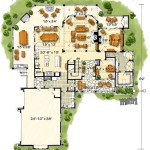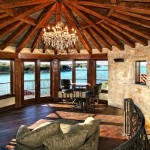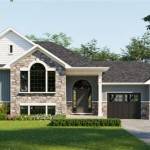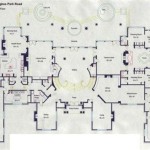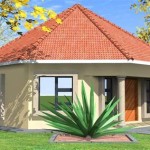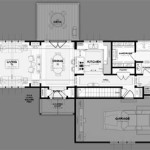Owl Bird Box Plans: A Comprehensive Guide to Building a Safe Haven
Attracting owls to one's property offers numerous benefits, from natural rodent control to the sheer joy of observing these magnificent birds. Providing a suitable nesting site is crucial for attracting owls, and building an owl box is a rewarding project that can significantly increase the chances of attracting these beneficial predators.
Key Considerations Before Building an Owl Box
Several factors should be considered before embarking on an owl box construction project. These include the target owl species, local climate conditions, and placement of the box.
Different owl species have varying size requirements for their nesting boxes. Researching the common owl species in one's area is essential for determining the appropriate dimensions for the box. Climate also plays a significant role in design choices. In colder climates, added insulation might be necessary, while in warmer areas, adequate ventilation becomes paramount. Finally, the box's placement should offer protection from predators and harsh weather while providing easy access for the owls.
Choosing the Right Materials
Material selection is crucial for the longevity and effectiveness of the owl box. Appropriate materials ensure durability against the elements and create a safe and inviting environment for the owls.
Untreated lumber, such as cedar, pine, or fir, is recommended due to its natural resistance to rot and insect infestation. Plywood, while less durable, can be used but should be exterior grade and painted with a non-toxic, water-based sealant. Avoid using pressure-treated lumber as the chemicals used in the treatment process can be harmful to the owls. Galvanized screws or nails should be used for assembly to prevent rust and ensure the box's structural integrity.
Essential Tools for Construction
Gathering the necessary tools beforehand streamlines the construction process and ensures a smoother building experience.
Essential tools include a saw (circular saw, hand saw, or jigsaw), a drill with appropriately sized drill bits, a measuring tape, a pencil or marker, a screwdriver or drill bit for driving screws, safety glasses, and work gloves. A sanding block can be used to smooth rough edges, improving the box's overall finish and safety.
Owl Box Design and Dimensions
Understanding the specific needs of different owl species informs the design and dimensions of the box. Proper dimensions ensure the owls have ample space to move, breed, and raise their young.
Screech Owls, for example, prefer smaller boxes with an entrance hole of approximately 3 inches in diameter. Barn Owls, being larger birds, require significantly larger boxes with a larger entrance hole. Providing adequate drainage holes in the bottom of the box is crucial for preventing water accumulation and maintaining a dry environment inside. Additionally, adding a layer of wood shavings or shredded leaves to the bottom of the box can provide insulation and a more comfortable nesting environment.
Placement and Installation
Proper placement and secure installation are vital for the success of the owl box. Strategic placement maximizes the chances of attracting owls and ensures their safety.
Ideally, owl boxes should be placed in trees at a height of 10-20 feet above the ground. Choose a location that provides some cover from the elements, such as overhanging branches, while still allowing clear flight paths for the owls. The box should face away from prevailing winds and direct sunlight. Securely mounting the box to the tree using sturdy brackets or straps is crucial to prevent it from swaying or falling in strong winds. Avoid placing the box near human activity or areas with bright outdoor lighting.
Maintenance and Monitoring
Regular maintenance and monitoring are essential to ensure the box remains a safe and attractive habitat for owls.
Once installed, the owl box should be checked annually for any signs of damage or deterioration. Clean out any old nesting material after the nesting season, typically in the late summer or early fall. Repair any cracks or holes to prevent drafts and maintain a secure environment. Observe the box from a safe distance to avoid disturbing any resident owls. Monitoring the box can provide valuable insights into owl activity and breeding success.
Resources and Further Information
Numerous online and offline resources provide detailed information on owl box construction, placement, and owl conservation.
Local wildlife organizations, birdwatching societies, and conservation groups can offer valuable advice and resources specific to one's region. Online platforms provide detailed owl box plans, species-specific information, and tips for attracting owls. University extension services and government agencies often publish educational materials on wildlife management and conservation practices. It's essential to research and understand local regulations regarding wildlife interaction and nesting box placement.

Nest Box Project

Barred Owl House 70birds Birdhouse Plans Index

Barn Owl Nestboxes Free Nest Box Plans

Little Owl Nest Box Indoor Outdoor The Barn Trust

Screech Owl Kestrel Barrow S Goldeneye Nest Box 70birds Plans Index

Owl House Plans Free Bird

Screech Owl Roost Box Design

Barred Owl Nest Box Plan Maryland S Wild Acres

Barred Owl Bird House Plans Houses Diy

Birdhouse And Nest Box Plans For Several Bird Species The Birders Report

